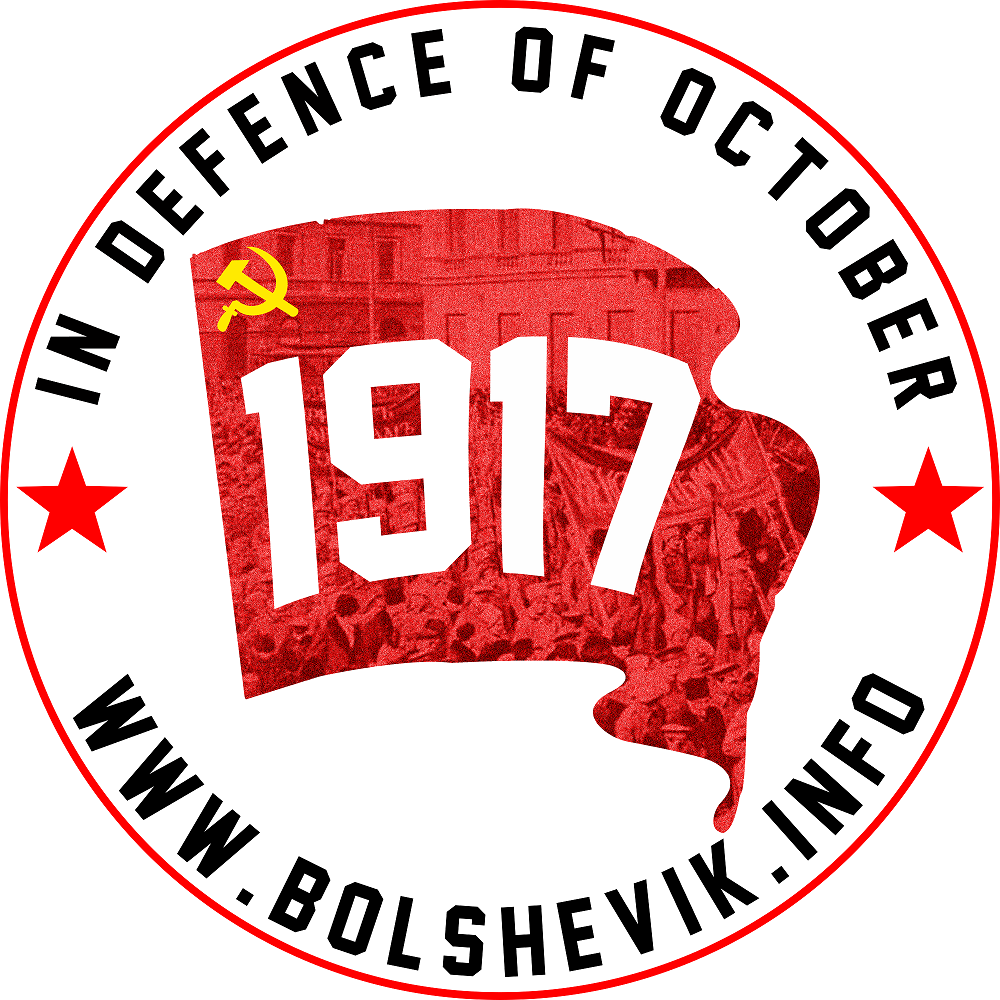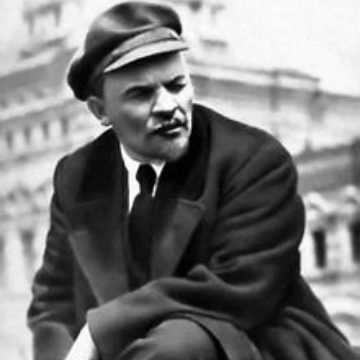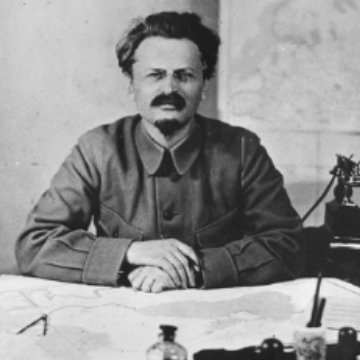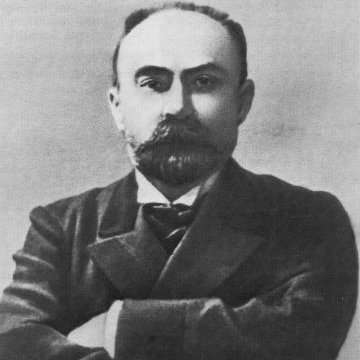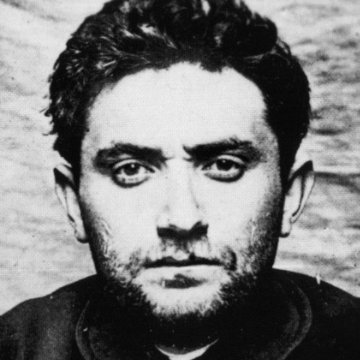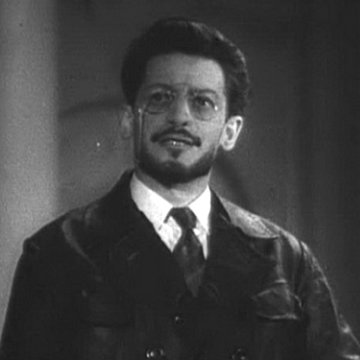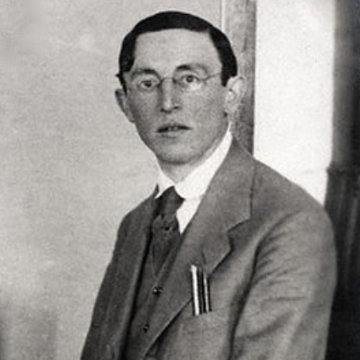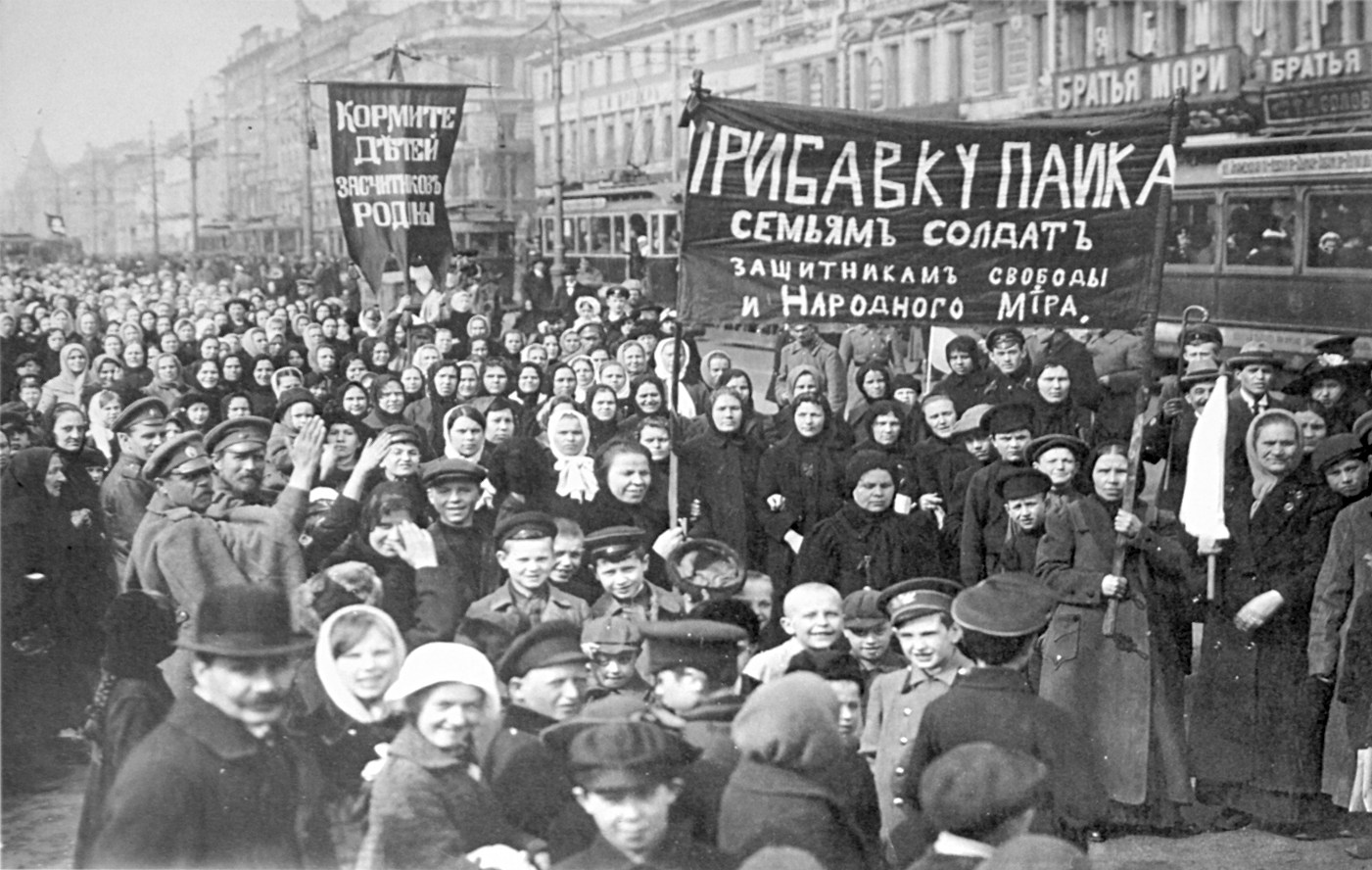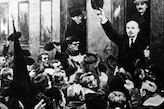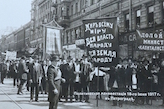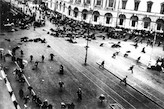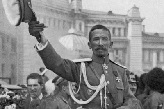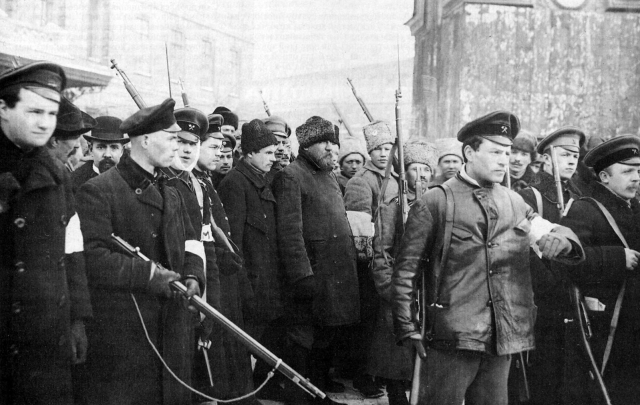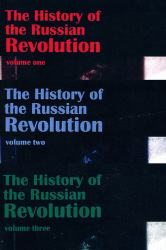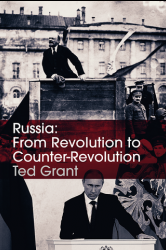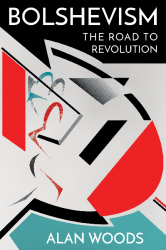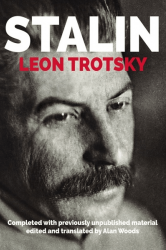Notes
This pamphlet was written at the beginning of April 1917. To the question whether it is out of date now, after May 6, 1917, after the formation of the “new”, coalition, government, my answer is: No, for the Contact Commission has not really disappeared, it has merely moved to another room, which it shares with the gentlemen of the cabinet. The fact that the Chernovs and the Tseretelis have moved to another room has rot changed their policy, nor the policy of their parties.
[1] For the nature of these steps, see questions 20 and 22. —Lenin
[2] Anarchy is the complete negation of State power, whereas the Soviets are themselves a state power. —Lenin
This pamphlet was planned originally as a leaflet, owing to the fact that the Cadets, S.R.s and Mensheviks were making wide use of leaflets in their propaganda and pasted them up all over the town. Lenin believed that a Bolshevik leaflet explaining what every party was and what it stood for should be pasted alongside the anti-Bolshevik proclamations. The article was too long to be issued as a leaflet; it was published in the Helsingfors Bolshevik newspaper Volna, and then issued in pamphlet form by the Zhizn i Znaniye publishers in fifty thousand copies. The proprietors of the printing-press, who sympathised with the Cadets, held up publication, but with the help of the workers’ committee the pamphlet was issued on July 4(17). Owing to the July events, however, it was hidden away in the publishers’ warehouse. A few days later it began to circulate in the working-class quarters. The first edition sold out quickly and, according to the testimony of V.D. Bonch-Bruyevich, a reprint was put out.
The pamphlet was issued with the following introductory text: “Explanation to the draft platform outlined by N. Lenin for discussion at meetings of the Bolsheviks. The printing of the draft itself has been held up owing to lack of printing facilities in Petrograd.”
The pamphlet was published in English in the journal The Class Struggle (New York, November-December 1917, Vol. 1, No.4, pp. 49-59) as well as in The New York Evening Post, January 15, 1918.
A second edition of was published in Moscow in 1918 with a foreword by Lenin."
Source: Marxist Internet Archive.

